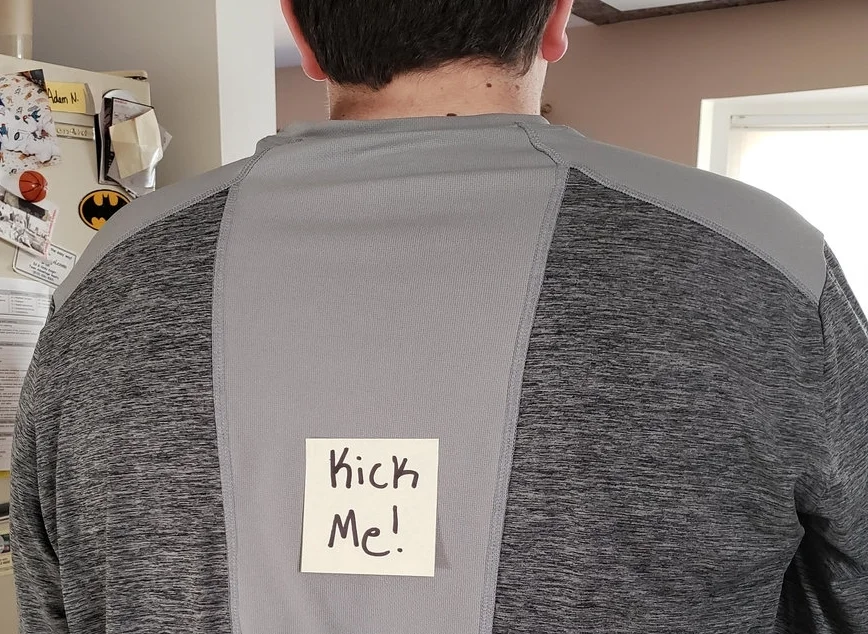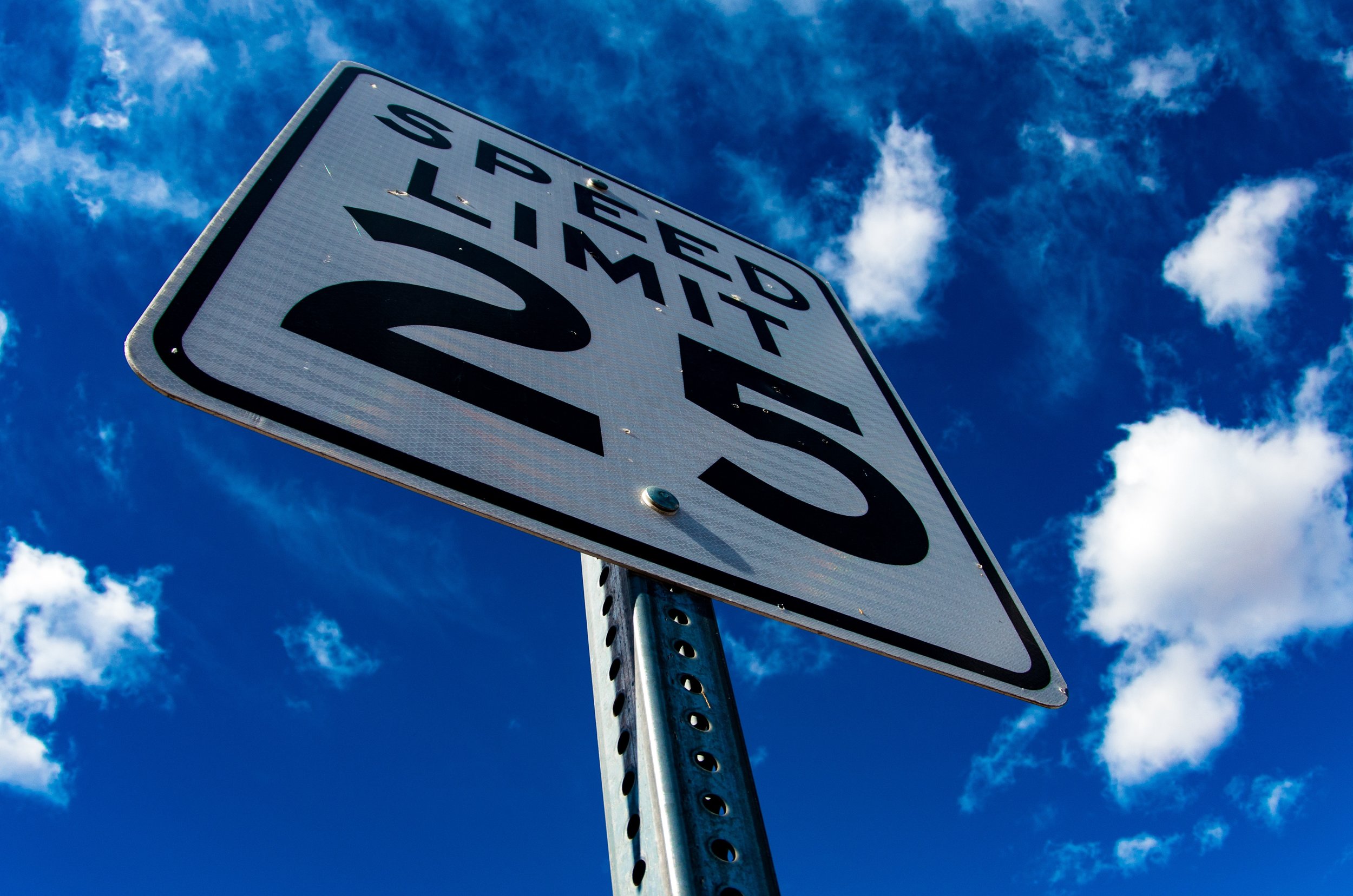From cute and fluffy Cockapoos to majestic and athletic German Shepherds, it’s tough to resist the urge to grab hold of a dog and smother it in kisses and hugs. Even the most stoic and stone-hearted people break into a smile when they pass a happy, tail-wagging golden retriever. It’s a fact that dogs bring joy to humans but man’s best friend can turn from cuddly to cutthroat in the blink of an eye, if they feel threatened.
Proving that domesticated dogs are still animals is the story of a 7-year-old girl in Highland Township, Michigan, who was attacked by dogs her parents had recently acquired from an animal shelter. The Detroit Free Press reported that the girl opened the gate to a dog pen containing 7 dogs, when 2 of the dogs attacked her and began biting at her neck and head. Her 6-year-old brother saw the dog attack and ran to get their mother, who wrestled the dogs away, but received a deep bite on her arm in the process. The girl’s worst dog bite injuries were to her neck and trachea. She was listed as in critical, but stable condition and thankfully recovered from her injuries
This dog bite story shouldn’t come as a surprise since, according to the American Veterinary Medical Association (AVMA), children are the most common victims of dog bites. More than 4.5 million people in the U.S. are bitten by dogs every year, and at least half of those bitten are children. This is most likely because children don’t realize the possible dangers of dogs. They only see an adorable puppy and play toy, not realizing that care should be taken while dealing with dogs.
National Dog Bite Prevention Week is always on the second week of April, which is April 8 - 14 for 2018. The purpose of this week’s spotlight is to help people realize how serious dog bite injuries can be. It’s important to remember that any dog can bite, from big to small and young to old. Before approaching any dog, the AVMA recommends that people pay attention to the behavior of the dog before engaging. The dog may not be friendly towards strangers or might be in distress and see the person as a threat, and feel the need to defend itself by attacking.
One way to help prevent a dog bite injury is to recognize risky dog attack situations. What many people don’t realize is that dog bites aren’t just caused by interacting with stray dogs, but also with dogs people are familiar with. People feel that because they have previously interacted with a dog, that there is no danger of a serious dog bite injury. But even the family dog may attack if it feels threatened.
Another mistake people make, is believing that a dog will act the same way every time. There are several reasons why a dog could act out, even if the dog hasn’t exhibited behavioral problems in the past. The more uncomfortable the dog feels, the more likely the risk of a dog attack and dog bite injuries. It’s also a safer idea to ask for the owner’s permission before engaging with a dog, and to allow the dog, not the human, to decide if it wants to interact with someone, even if a person has had pleasant interactions with that dog before.
If a dog is acting oddly or aggressively, the AVMA recommends breaking eye contact, calmly moving away from the dog, and not making any sudden movements or loud or high-pitched sounds, which could escalate the dog’s behavior. The AVMA includes several other tips on how to avoid dog attack accidents, which are listed below:
How To Avoid Dog Attack Accidents
It's important to know how to avoid escalating risky situations and to understand when you should and should not interact with dogs. You should avoid petting a dog in these scenarios:
- If the dog is not with its owner.
- If the dog is with its owner but the owner does not give permission to pet the dog.
- If the dog is on the other side of a fence – don't reach through or over a fence to pet a dog.
- If a dog is sleeping or eating.
- If a dog is sick or injured.
- If a dog is resting with her puppies or seems very protective of her puppies and anxious about your presence.
- If a dog is playing with a toy.
- If a dog is growling or barking.
- If a dog appears to be hiding or seeking time alone.
Dog bite accidents sound dangerous and that’s because they are. 1 in 5 people require medical attention after being bitten by a dog. Recognizing odd animal behavior is a good way to avoid a dog attack situation. By following the dog bite prevention tips above, people may be able to avoid costly emergency room medical bills and having to deal with a dog bite lawyer.
Dog bites are all too common. Even though dogs were been domesticated nearly 15,000 years ago, these animals still survive by using their base instincts. As such, even the family dog, Fluffy, may attack if provoked. And dog bites can cause serious physical injuries and even post traumatic stress disorder, which can cause the medical bills to pile up. On top of medical expenses, dog bites also bring on legal confusion as to fault and negligence. If you or someone you know has been the victim of a dog bite accident, call The Michigan Law Firm, PC at 844.464.3476 for a free consultation with a dog bite attorney.












































